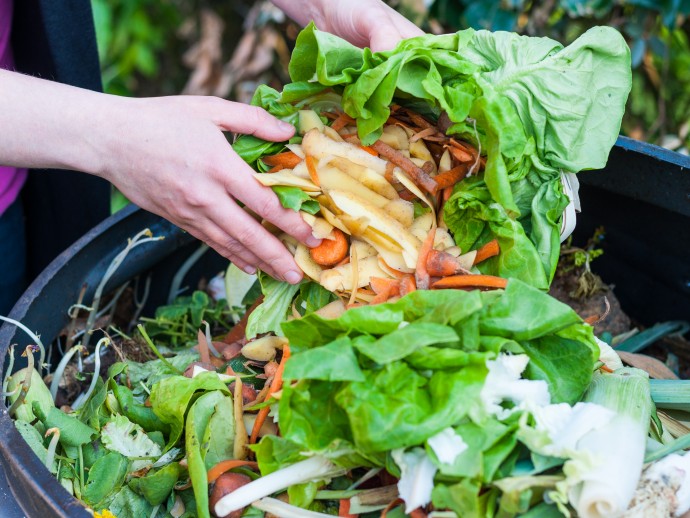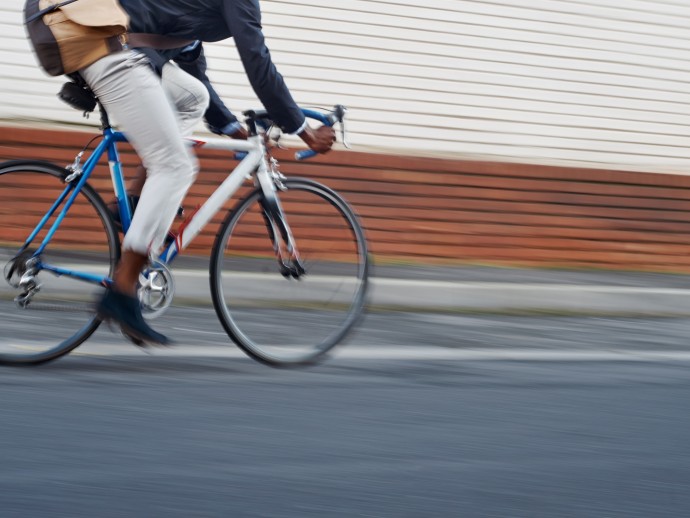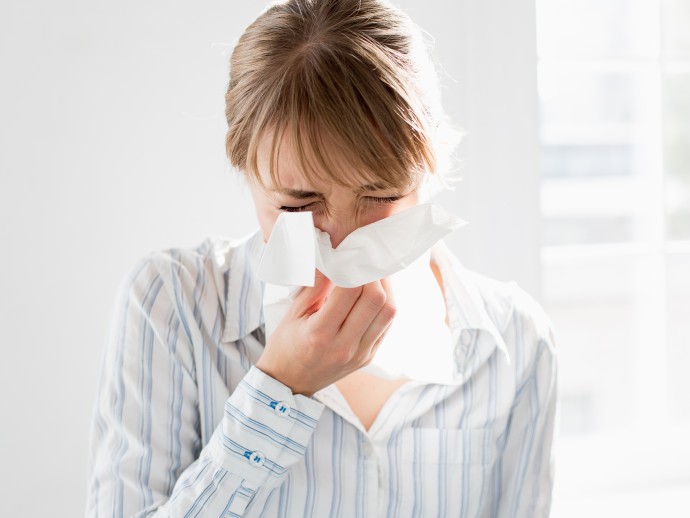
Composting keeps organic material out of the landfill so it can do great things, like improve soil quality, reduce the need for artificial fertilizers and even reduce greenhouse gases. Rather than simply lowering your carbon footprint, composting can actually help you make the land better than it was originally—now that’s environmentally friendly!
May 1 to 7 is International Compost Awareness Week. So hop on board and learn how to compost. While no two gardeners compost exactly alike, the basic steps are the same.
- Build or purchase a rodent-proof compost bin. (Many municipalities offer low-cost, plastic compost bins that are sturdy and rodent proof if assembled properly.)
- Place your compost bin on bare soil in an accessible spot in the garden or yard. Dig up the grass first if necessary.
- Place a layer of small twigs in the bottom of the empty compost bin to allow for air flow from the bottom.
- Never fill your compost bin with only one kind of material (like all grass clippings or all rose bush prunings) at one time. Rather, get in the habit of layering different ingredients to ensure a healthy ratio of carbon-producing “brown” ingredients (dried flowers, dried grasses and leaves, woody stems, shredded paper and cardboard) to nitrogen-producing “green” ones (kitchen scraps, fresh grass cuttings and garden greenery).
- Composting works best when the bin is at least half full. You will be amazed at how quickly an almost-full bin reduces in volume.
- Size matters. With clippers, cut garden scraps into smaller pieces (no bigger than 4 in /10 cm). Chop kitchen scraps into smaller pieces, too. This will accelerate their decomposition.
- The ingredients in your compost bin should be slightly moist, like a wrung-out dishcloth. Use a hose to lightly sprinkle your compost during hot spells.
- Every few weeks, aerate your compost by using a garden fork or specially designed compost turner to mix the materials.
- Adding a shovel full of light (not muddy), healthy soil to your compost along with a few shovels full of manure and seaweed will speed up the composting process.
- Always keep the lid closed tightly on your compost to prevent rodents from getting into the bin. If your compost gets too soggy and needs to dry out, leave the lid off for a few hours in the full sun. (Watch out for animals trying to get a free lunch!)
- It generally takes between three months to a year before compost is ready to use. (Try having two or three compost bins working at different stages of decomposition. This enables at least one bin to complete its cycle without your adding any new materials.)
- Your compost is ready to use when it resembles dark soil and has a sweet, earthy smell. There will also be few, if any, worms remaining as they will have completed their job of breaking down the organic materials.
- Work handfuls of compost into the soil around your plants.






